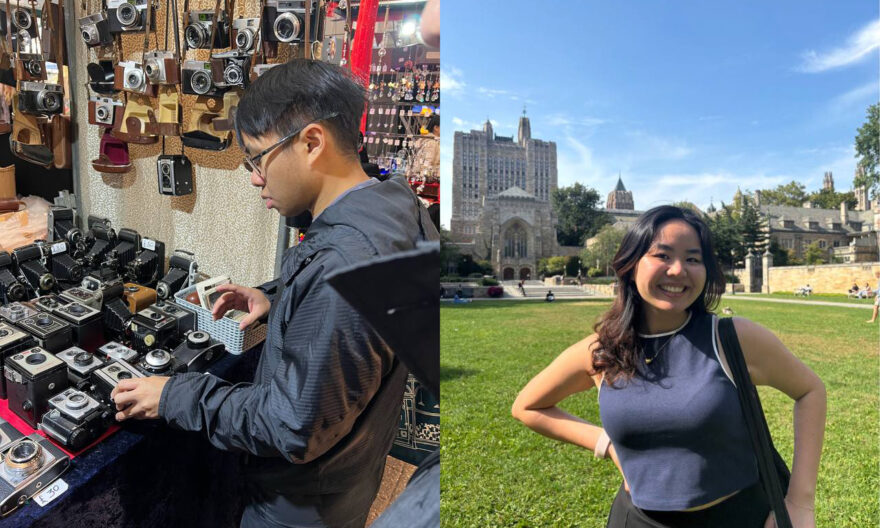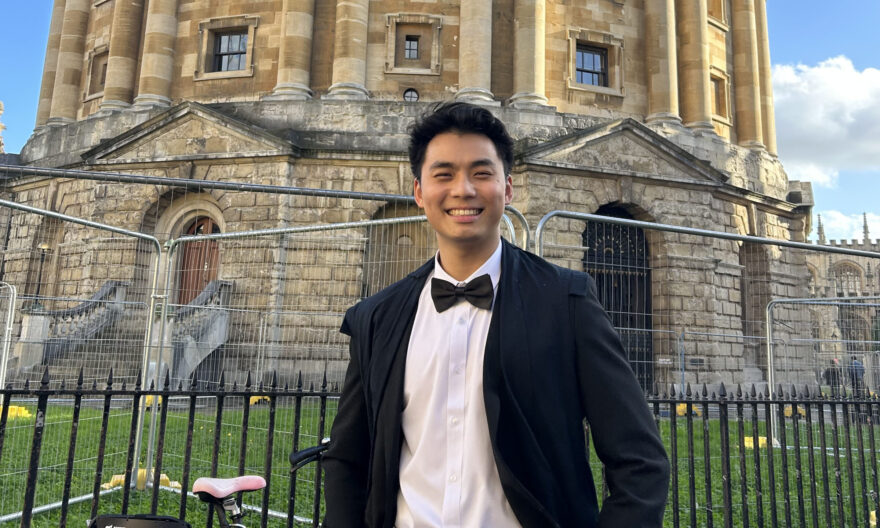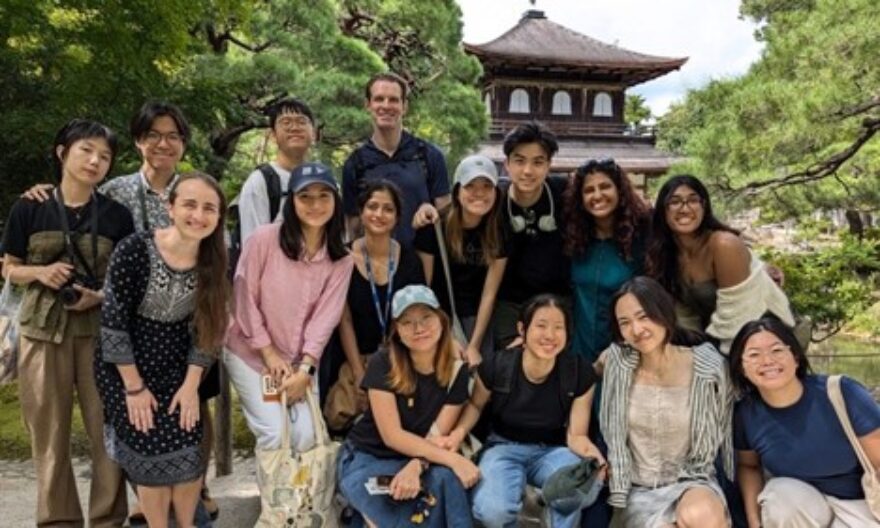Yale-NUS students pursue self-designed learning expeditions across the world
Two Summer Travel Fellows reflect on their transformative experiences in Europe and China
 Woo Hoi Yuet (left) in Zhejiang province in China, and Ansh Akshintulu (right) at the Museum of Communism in Prague. Images provided by Hoi Yuet and Ansh.
Woo Hoi Yuet (left) in Zhejiang province in China, and Ansh Akshintulu (right) at the Museum of Communism in Prague. Images provided by Hoi Yuet and Ansh.
Over the semester break, two Yale-NUS College students embarked on unique journeys in distinct parts of the world. Woo Hoi Yuet (Class of 2025) traversed through China, visiting the cities of Beijing, Shanghai, and Guangzhou to examine instances and contexts of adaptive reuse in architecture, while Ansh Akshintulu (Class of 2025) went to different countries in Europe to investigate the history of continental and early analytic philosophy. They did this through the College’s Summer Travel Fellowship, a programme which offers students the opportunity to craft their own learning journey and to explore questions and new horizons through the medium of travel.
Keen on learning about different approaches to the ongoing negotiation between heritage and modernity, Hoi Yuet chose cities in China that are distinctly different from one another – Beijing with its political symbolism and hutongs, Shanghai with its European influences and shikumens, Xi’an with its layered history as an ancient capital, and Guangzhou (also her family’s hometown) with its tong laus and rich trade history.
What a city chooses to preserve, showcase, and let go of, has a strong influence on how it is perceived and experienced. “Urban renewal transcends mere architectural facades; it encompasses the shifting aspirations and imaginations of urbanism itself,” said Hoi Yuet.
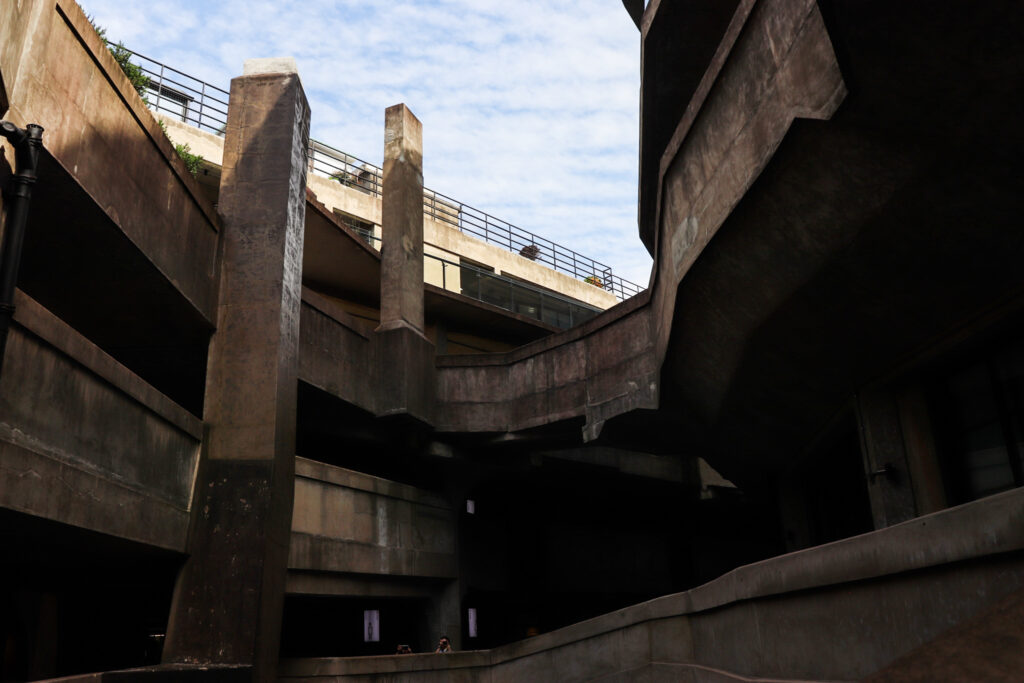 A criss-crossing network of ramps and bridges at 1933 Shanghai Slaughterhouse in Shanghai. Image provided by Hoi Yuet.
A criss-crossing network of ramps and bridges at 1933 Shanghai Slaughterhouse in Shanghai. Image provided by Hoi Yuet.
Throughout her travels, Hoi Yuet observed and recorded the stories told by each city’s architecture. She thought critically about how cities use space to preserve memory, trauma, and heritage, or how they treat space as a tool to commodify the city and create social exclusion. For instance, she visited Factory 798 in Beijing and the 1933 Slaughterhouse in Shanghai and studied their evolution through time. “Some of the adaptations face varying degrees of success—they might attract throes of people or face a fate of abandonment. Why these differences?” questioned Hoi Yuet as she journeyed across the Chinese cities.
On top of writing and reflecting, Hoi Yuet archived her experiences by taking photographs, drawing, and creating collages. “Having a camera with me was invaluable – it encouraged me to slow down, observe the buildings, and notice how people interact with spaces,” said Hoi Yuet. In particular, she found herself photographing chairs and becoming curious about the social nature of chairs. “Are they facing inward or outward? Are they solitary or clustered together? What do they reveal about the neighbourhood’s character?” pondered Hoi Yuet. She appreciated the freedom given by the Summer Travel Fellowship to express her learning in creative forms, such as through producing a magazine or zine as a final deliverable.
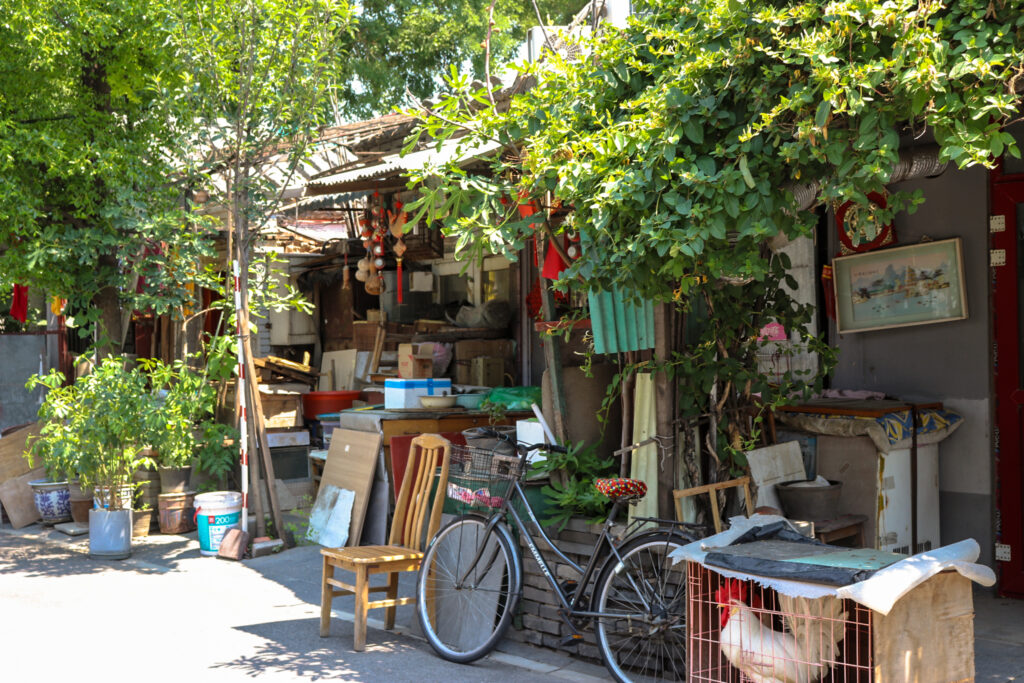 Scenes captured while Hoi Yuet walked around the Hutongs and observed that the distinction between the residential and public seemed blurred. Image and caption provided by Hoi.
Scenes captured while Hoi Yuet walked around the Hutongs and observed that the distinction between the residential and public seemed blurred. Image and caption provided by Hoi.
Ansh, who majors in Philosophy, has always found it hard to understand what historical and material conditions gave rise to 19th and 20th century contemporary philosophical ideas. He travelled to Berlin, Munich, Vienna, Prague, and Paris, among other significant sites where much intellectual work was done.
“It took lots of active work on my part to both create a ‘philosophy tour,’ and to absorb useful information. For example, going to Humboldt University and seeing a Hegel statue doesn’t do much to teach me about Hegel’s life and his teachings,” said Ansh, who often found himself taking the additional steps of speaking to local librarians and doing his own research on the go, to uncover the stories behind key thinkers. Even deciding where to visit demanded much thought – to hit the full range of philosophers’ museums, memorials, universities, and homes would have taken years. Ansh had to be precise about what he wanted to see and select cities that had rich intellectual histories relevant to his interests.
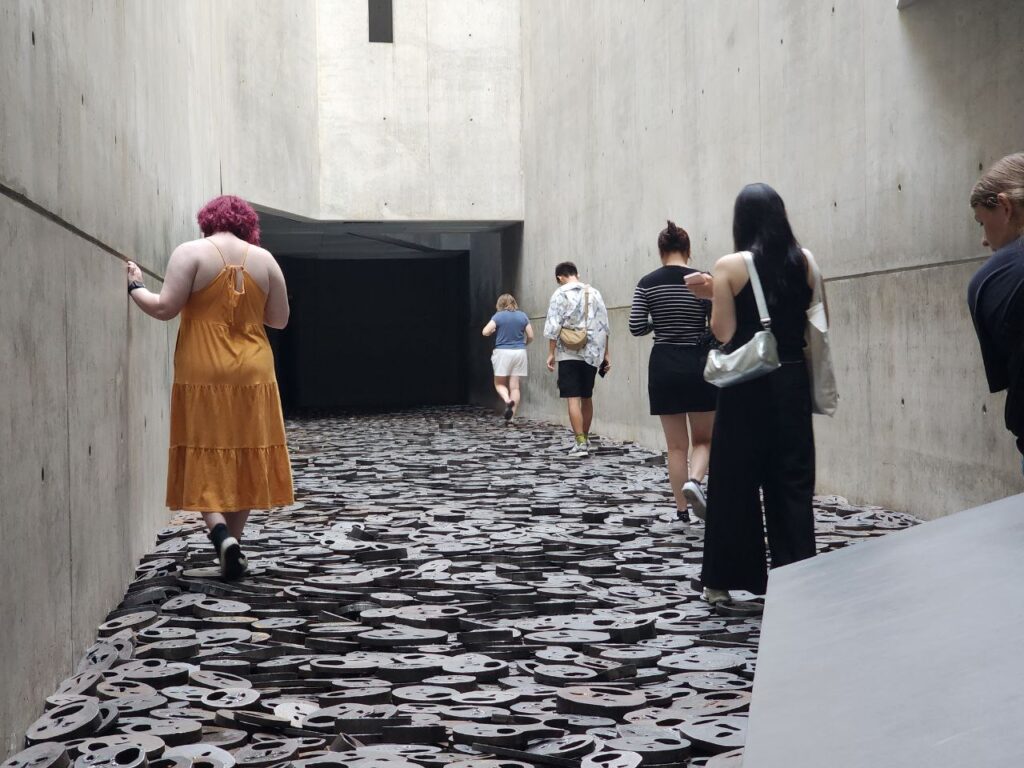 Memorial to the Murdered Jews at the Jewish Museum in Berlin. Image provided by Ansh.
Memorial to the Murdered Jews at the Jewish Museum in Berlin. Image provided by Ansh.
A memorable part of his travels was the complementary visits to the Auschwitz-Birkenau concentration camp and the Jewish Museum in Berlin. “It’s frightening, what humans are capable of doing in the grips of ideology,” Ansh remarked, “There were portions [of the Jewish Museum] dedicated to influential Jewish people, including Arendt and Adorno. Those really shaped my understanding of how intellectual thought had changed, particularly in response to the events of World War II.”
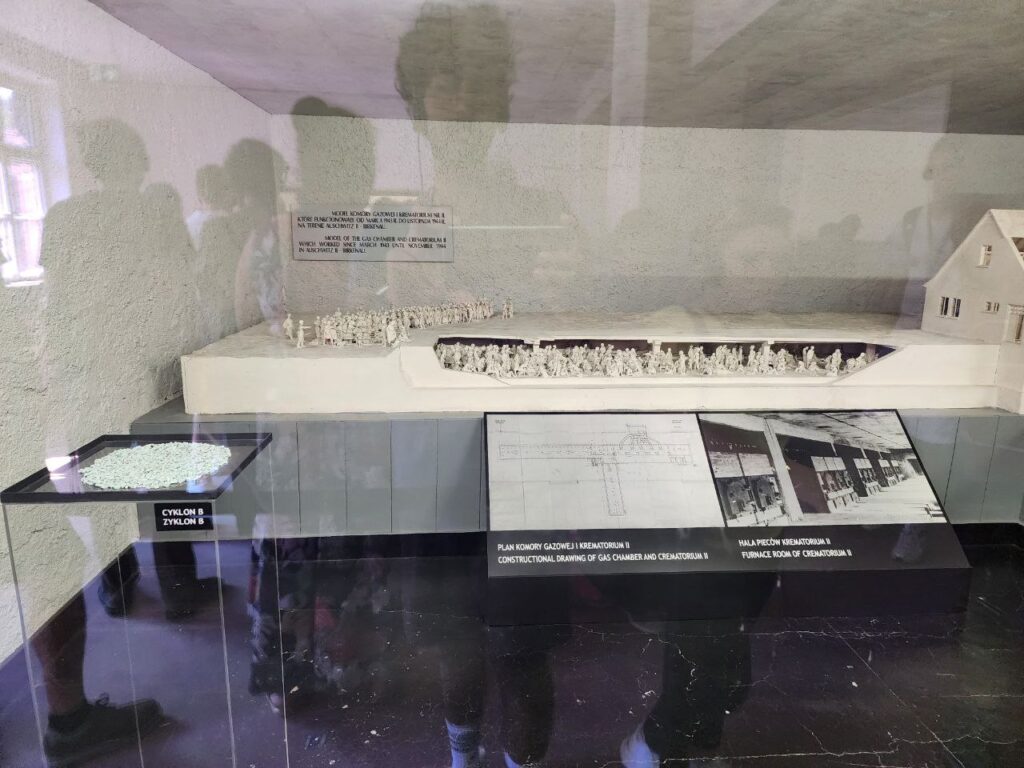 A model of how the Nazis conducted the extermination of Jews and other minorities in Auschwitz. Image provided by Ansh.
A model of how the Nazis conducted the extermination of Jews and other minorities in Auschwitz. Image provided by Ansh.
Upon reflecting on his journey, Ansh came to a greater appreciation of the times we live in: “Despite humans’ capacity to unleash unimaginable scales of war, pain, and suffering, these are unprecedented times of relative peace (not to discount the harrowing experiences of those undergoing war right now). To be honest, though, it seems like we’re forgetting the lessons we had once learnt about love, hate, ideology, and power, alarmingly early.”
Hoi Yuet, who majors in Urban Studies, discovered the importance of learning in diverse ways and contexts. “There’s only so much that theory can teach you—you need to go out there and be in the city.” she concluded.
The Travel Fellowship proved to be particularly enriching for Hoi and Ansh, who gained insights that complemented their academic journeys at the College on top of growing personally from being abroad and overcoming obstacles independently.

